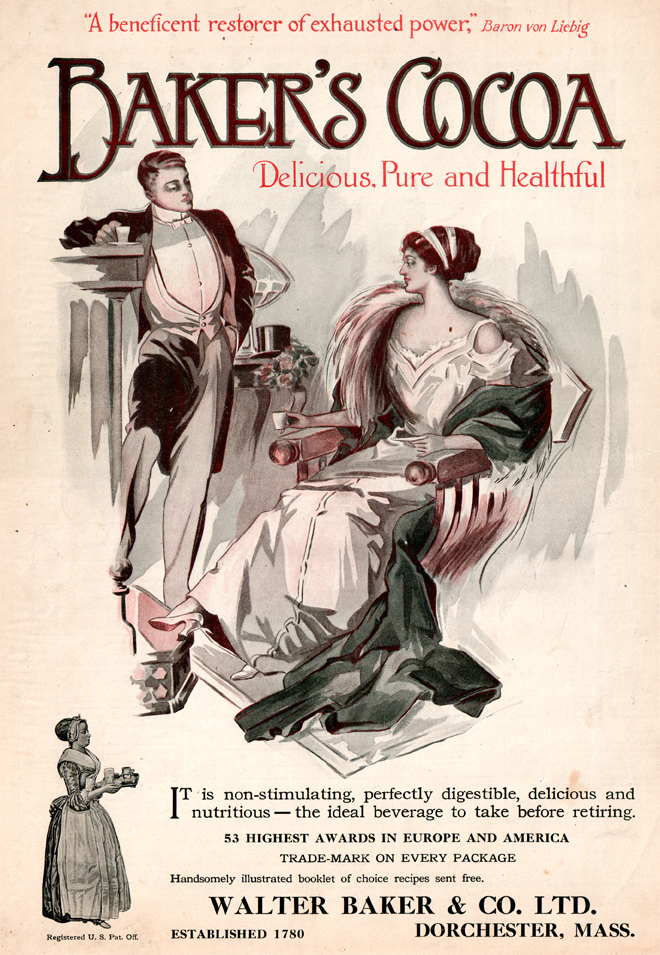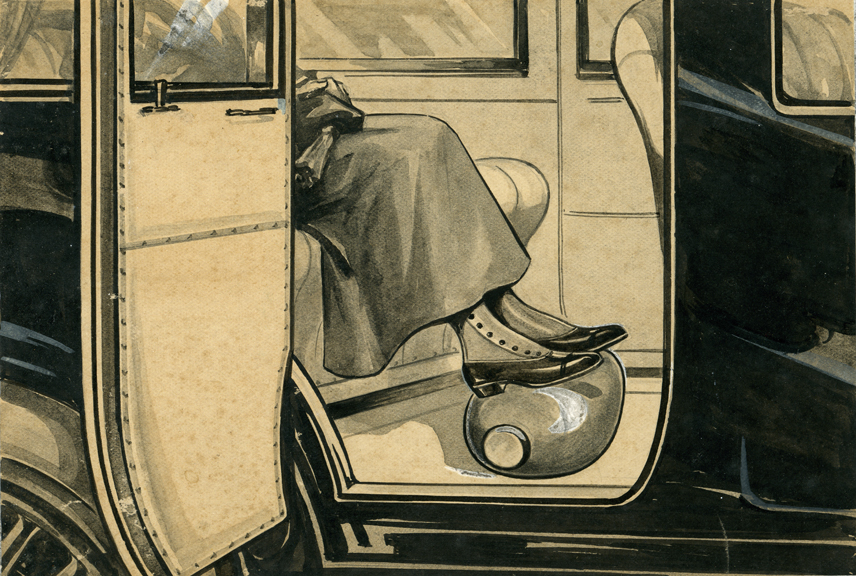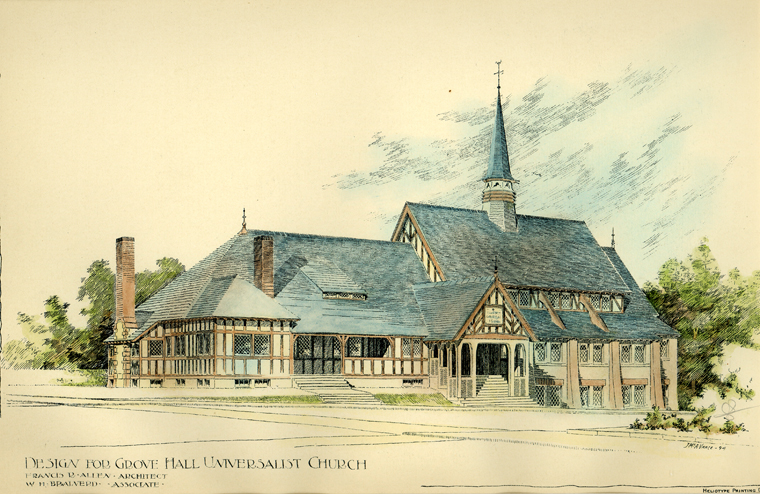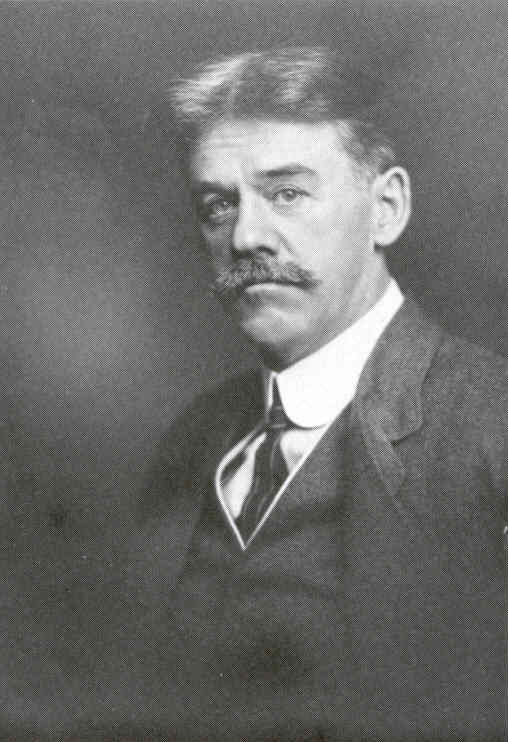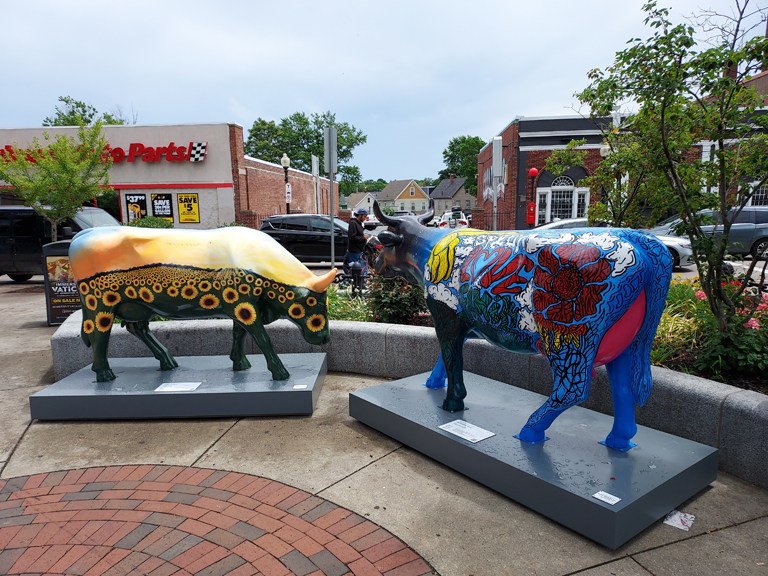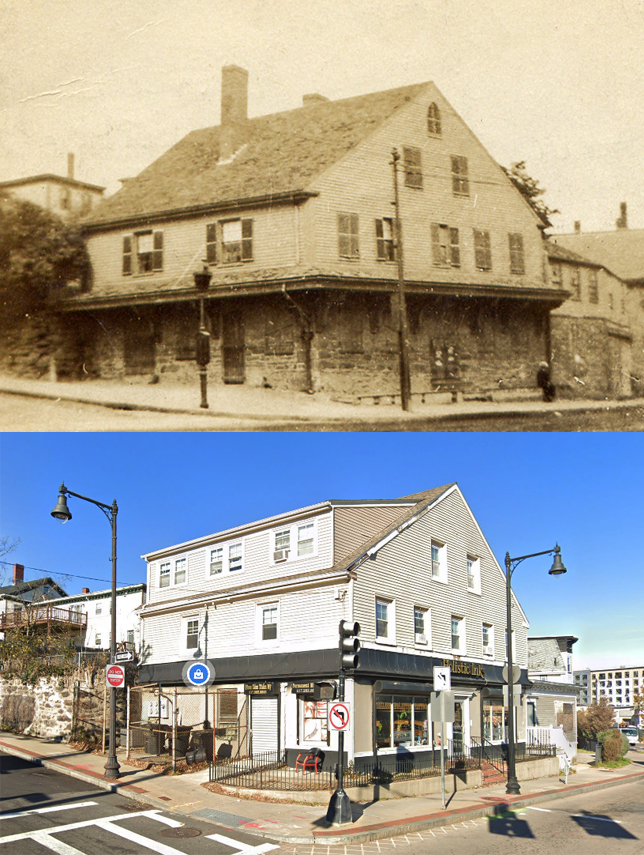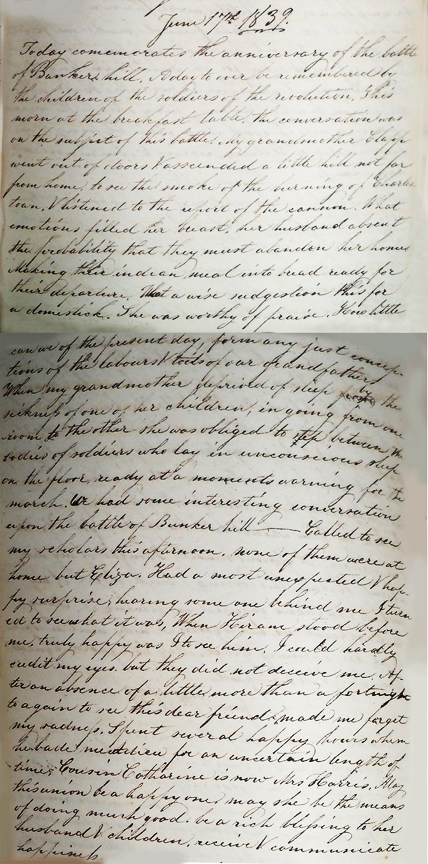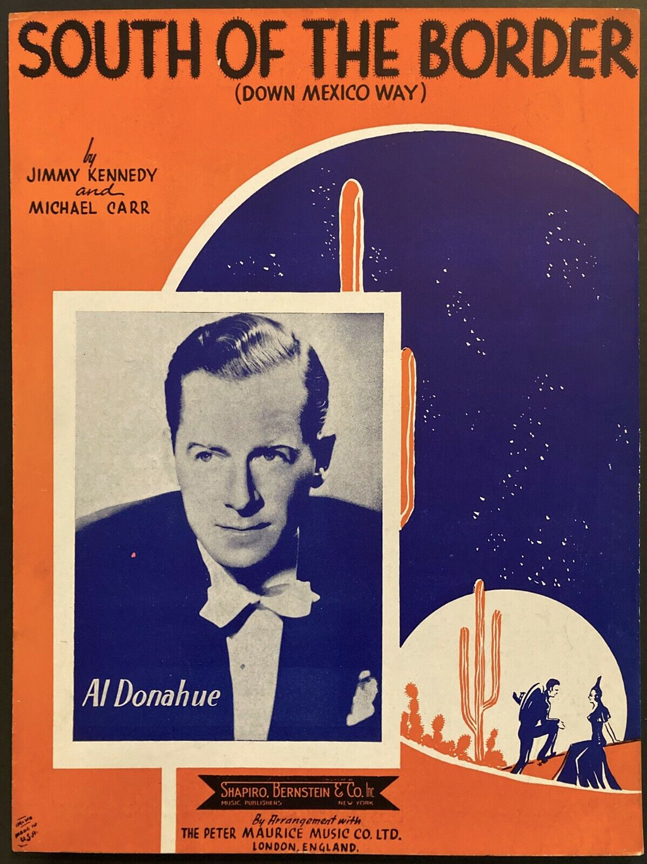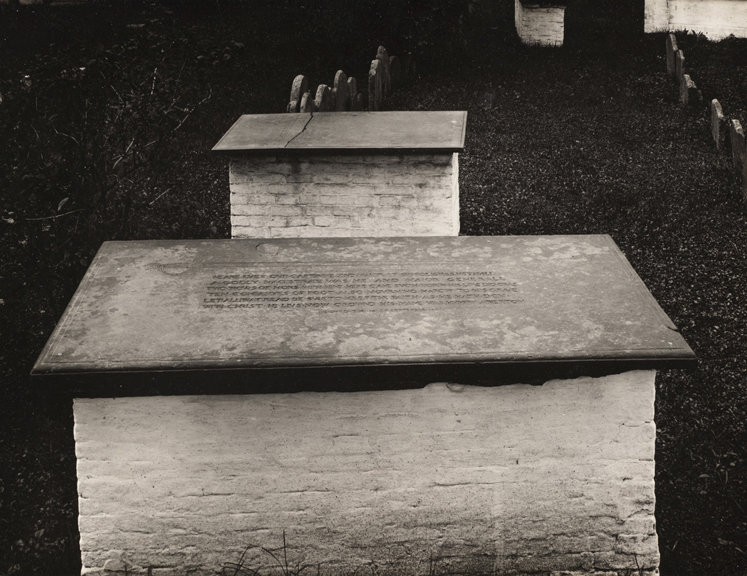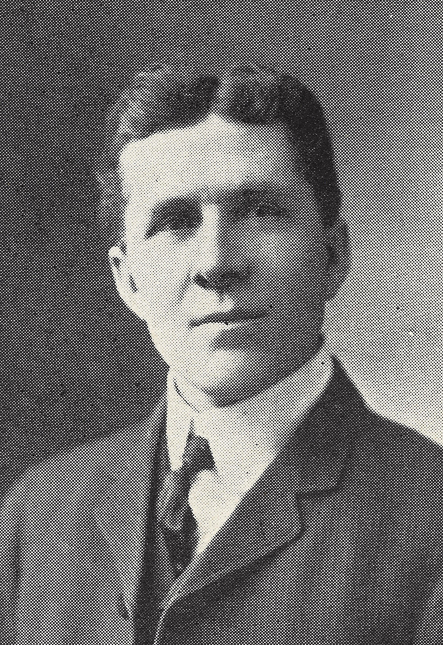
Charles H. Belledeu
Dorchester Illustration 2628
Charles H. Belledeu was a contractor who built several houses in the Ashmont section of Dorchester.
The following article about Belledue was published in the The Dorchester Beacon on May 5, 1900, is an example of local journalism from the end of the 19th and early 20th centuries that emphasized positive messages.
Charles H. Belledeu
“The subject of this sketch was born in West Deer Isle, Maine, October 7, 1860. His father was Louis Belledeu, a sea captain, and was born in France. His mother was Lucy Sweetser, a native of Deer Isle. His father retired after following the sea many years and settled down on the farm which was the old homestead. C. H. and his father could not agree. He told his father one day after a reprimand for some boyish prank he was going to leave home and come to Boston, but his father laughed at the idea and said he would have to go and bring him home, as he would never be able to support himself.
“One morning, he packed up his valise and bade that all good-by, and started for Boston with $3.50 in his pocket, arriving here without any friends or anyone to help him. He looked for work until his money was all gone, then thought what his father told him. He could not bear to think of going back unsuccessful and made up his mind to get a job. He at last got a chance to learn the carpenter’s trade in Mr. Lilford’s shop at the north end. After three years and a half, he had learned his trade and then went to work for J. & C. A. Noyes, 5 Province Court, Boston. He saved his money and went to school evenings and finally got to be foreman.
“When his firm dissolved partnership, he bought out J. Noyes and started for himself. At the end of ten years, he went home on a vacation and told his father he could buy him out then. The old gentleman was pleased with his success. Mr. Belledeu has built several houses and a hotel in Dorchester, which he rents, also other houses in the suburbs of Boston. He has had some large contracts for buildings in Boston. He also makes a specialty of store fittings, which he sends all over the country.
“Mr. Belledeu is a 32d degree Mason, a member of the Mystic Shrine. His is a great lover of horses, which is his hobby. He is secretary of the Dorchester Gentlemen’s Driving Club and one of the racing committee of the Boston Driving Club.
“Mr. Belledeu married Miss Viola A. Powers, October 26, 1887, a daughter of the well-known physician and surgeon, Dr. T. F. Powers of Boston, and a niece of Senator Powers of Vermont.”

